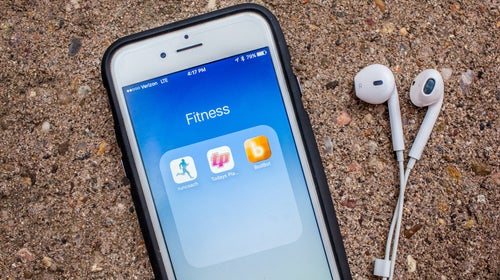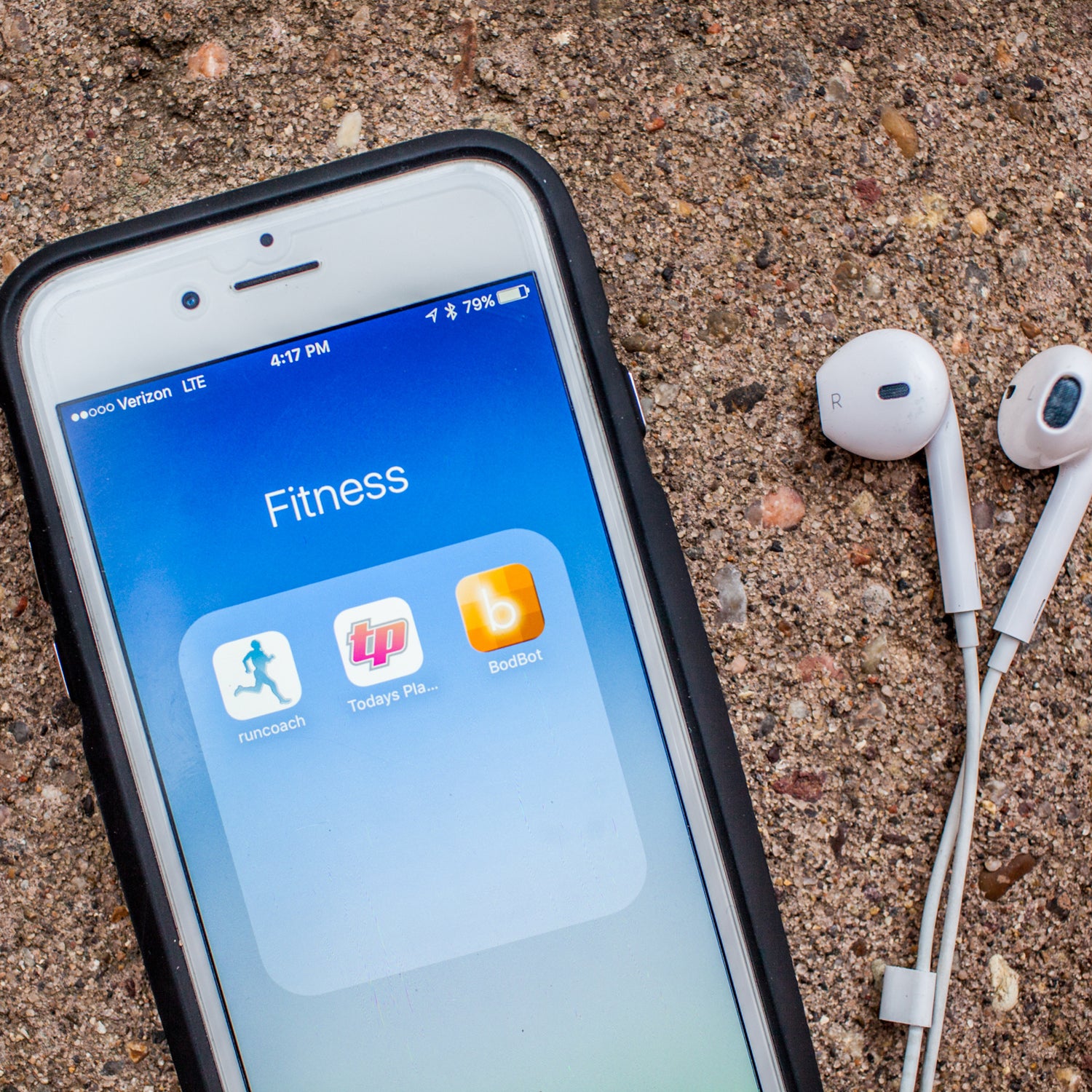Gone are the days of the one-size-fits-all online training plan. Now apps like , , and promise personalized schedules that adapt as you improve—or slack off. They’re a boon to athletes around the world, for sure. But don’t expect the Internet to kill good old-fashioned coaching.
First, a word on how these apps work. As with any initial coaching consultation, they’ll ask about your goals, previous PRs, current state of fitness, time constraints, and preferred weekly schedule, like if you want to do long runs on Sundays.
Based on that info, the app will generate a training schedule. As you enter the paces/weights/reps you actually completed—or upload that information from a fitness tracker like a Garmin GPS unit or Strava—the schedule will adjust future goals accordingly. If you take a week off, it’ll recalibrate. Monthly plans range from as little as nothing for Bodbot to around $20 a month. And most programs have live coaching help a click away should you do something new like attend a CrossFit class on a rest day.
Your app can’t look in your eyes and tell if you should push it harder than planned or pack it in and rest. It also can’t make you feel as guilty as you would skipping out on your coach or teammates.
“One of the advantages is the plan is at your fingertips so it’s easy to visualize your training,” says runcoach founder, coach, and Olympic trials qualifier in the marathon, . But he doesn’t try to talk apps up as a worthy alternative to human coaches. “Our tagline is runcoach provides the personalization of a world-class coach. But if you have a local person who’s knowledgeable about endurance training, we don’t pretend to be able to beat that.”
Matt Dixon agrees. He’s an elite triathlon coach and founder of , a company that provides both in person and online training guidance. (Though Purplepatch programs are built individually by the company’s employees, not through algorithms. As such, they’re pricier, starting at $185 a month.) As Dixon puts it, there are two parts to a training program. The first is the program itself, mapped out. The second is the execution and adaptation of the program as the athlete goes through it.
“That second part is way more where the magic is that creates performance,” Dixon says. If you look at the top triathlon coaches, he points out, “we’re all doing pretty similar workouts. The magic comes in the management of those workouts.”
There’s a lot to be said for real-time observations and adjusting workouts on the fly. If an athlete’s falling apart during an interval workout, for example—not hitting her projected pace—a coach could cut the workout short and tell her to cool down. Conversely, if an athlete is tearing it up, “a good coach might say to slow down because we want you to have peak performance at the race,” McGlynn says. Your app can’t look in your eyes and tell if you should push it harder than planned or pack it in and rest. It also can’t make you feel as guilty as you would skipping out on your coach or teammates.
All of that said, there’s a lot to be excited about when it comes to the new crop of adaptive training apps.
“Ultimately a program that takes into account peoples’ life schedule is vastly superior to looking at a program in a book or magazine that’s really generic and has a high risk of undertraining or overtraining people,” Dixon says.
The price of the apps can’t be beat. Also, for people on tight schedules, or in places where finding the right coach is tough, the apps will be a godsend. And the apps themselves should improve with use and new fitness tracking technologies; as the apps’ creators amass athlete data, they can further refine their algorithms so the apps can, say, figure out exactly what to do if you go rogue and ride a century on arm day.
“We’re really excited about the data and new opportunities in wearables like sensors in clothing,” McGlynn says. “We’re just at the beginning with our data modeling and predictive ability to get the best results for serious athletes, and also people coming off the couch.”


